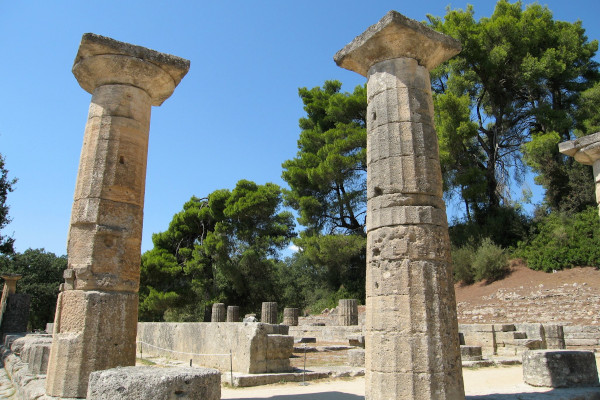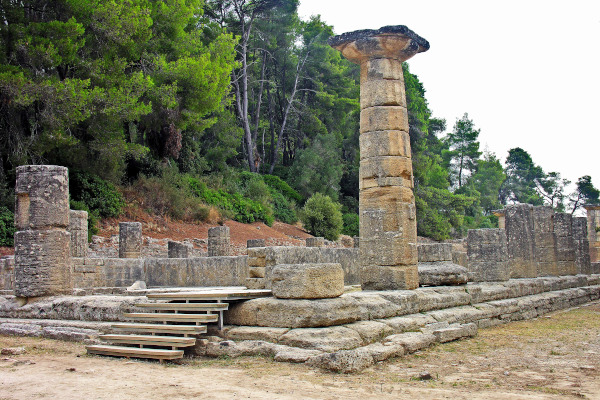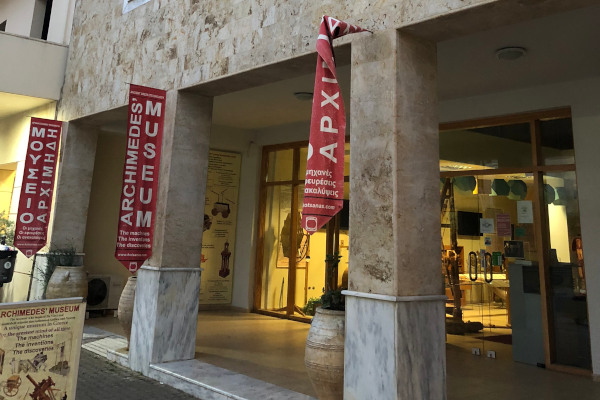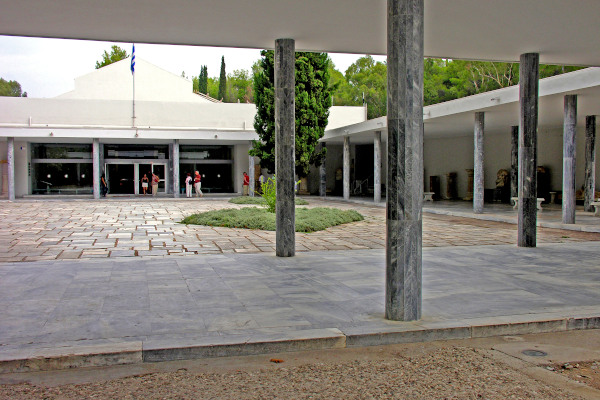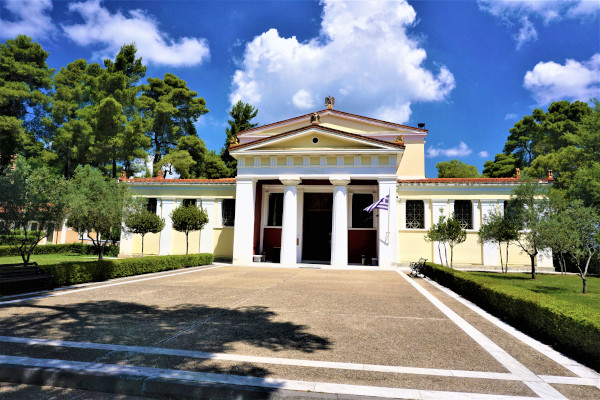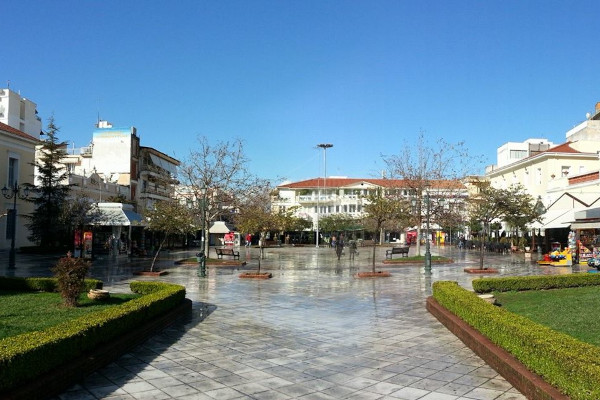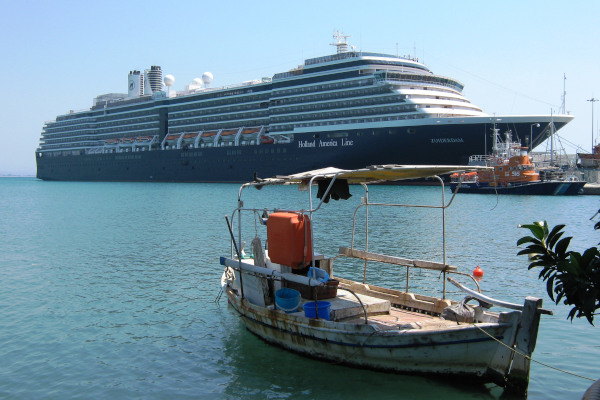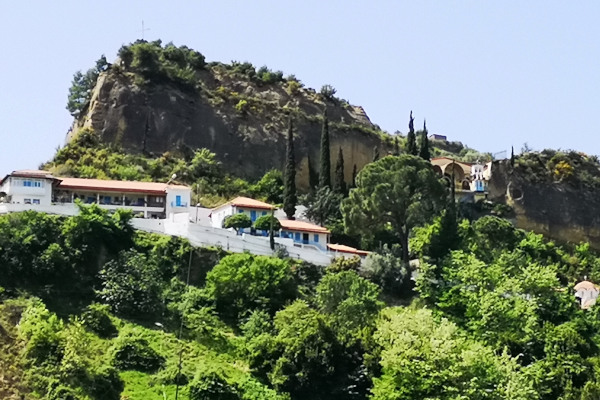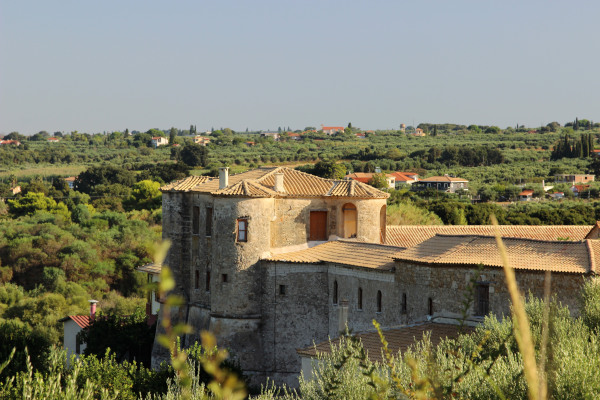Ancient Olympia Attractions
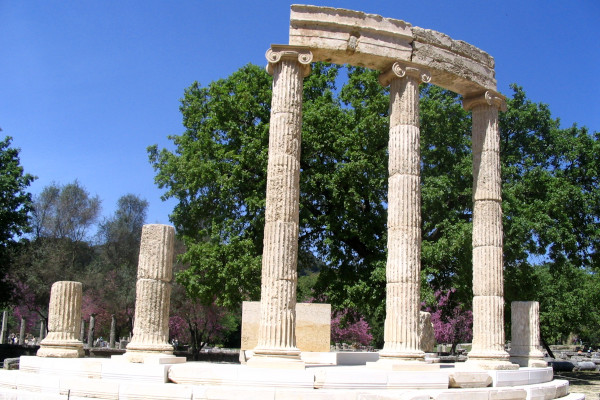
Philippeion
King Philip ll, the Macedon, Alexander's father, offered this circular sanctuary to Zeus and decorated it with statues of his family.

Palaestra of Olympia
A structure that dates from the 3rd century BC and it was serving as a training place for athletes in boxing, wrestling, and jumping.
Temple of Hera
Dedicated to Goddess Hera it dates back to 600BC and is considered to be one of the oldest examples of monumental architecture in Ancient Greece.
Ancient Olympia Stadium
Here you can sprint on the very grounds ancient Olympic athletes did. The actual home of all Olympic Games between 776BC and 393AD.
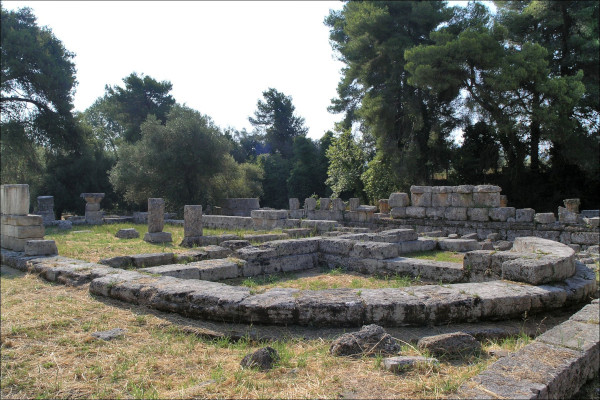
Bouleuterion of Olympia
Administrative center of the ancient Olympic Games, seat of the judges and referees, and place where the penalties and the objections were discussed.
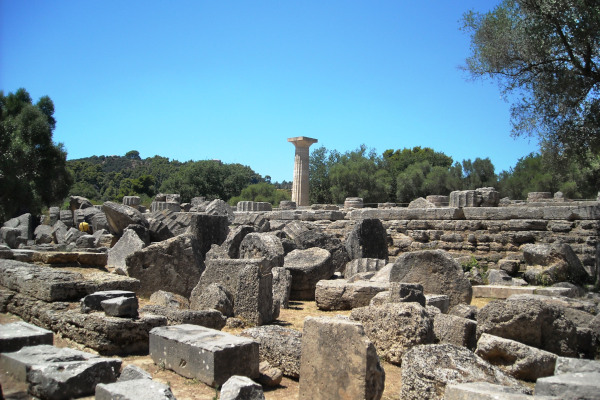
Temple of Zeus
Constructed the 5th century BC, Olympia's Temple of Zeus was a prime example of Doric architecture and housed one of the Seven Wonders.
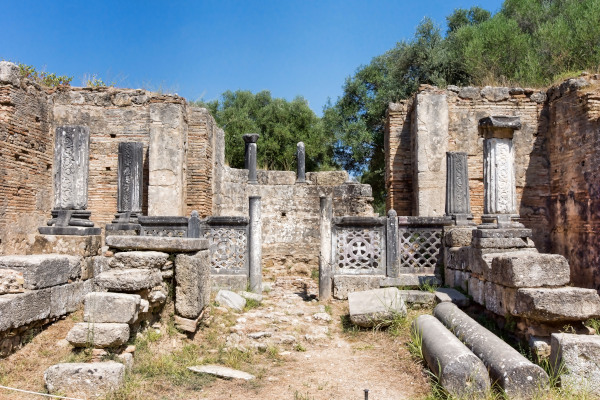
Workshop of Phidias
Working space of antiquity's great sculptor, Phidias, who created the golden-ivory statue of Zeus, one of the seven wonders of the ancient world.
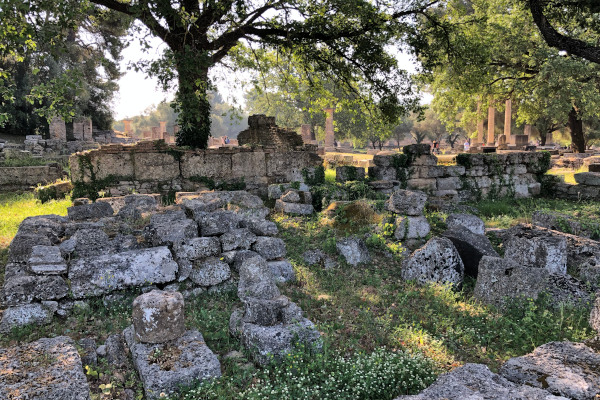
Prytaneion of Olympia
Center of the administrative and political life of the sanctuary and seat of the officials responsible for the monthly sacrifices to the Gods.
